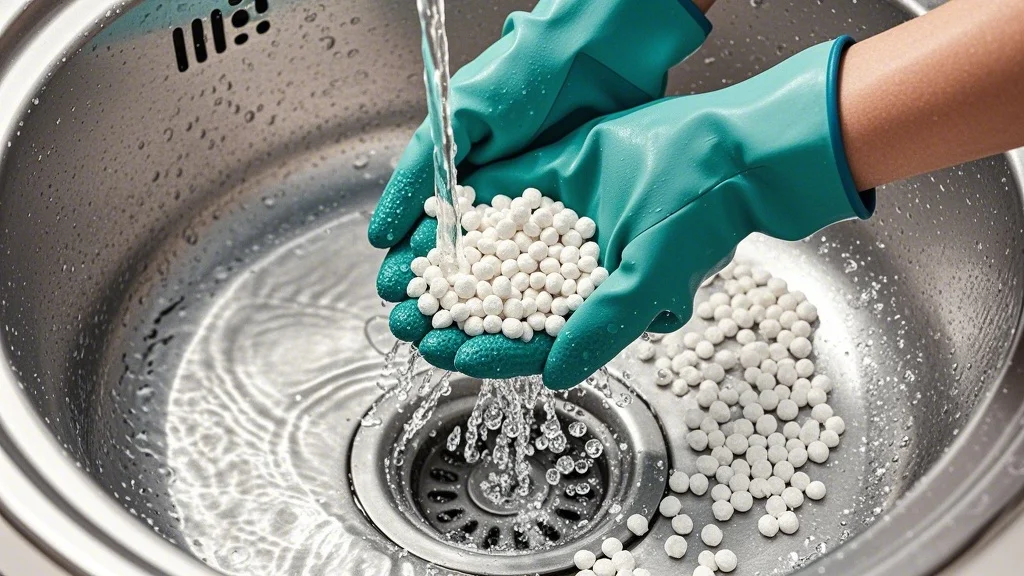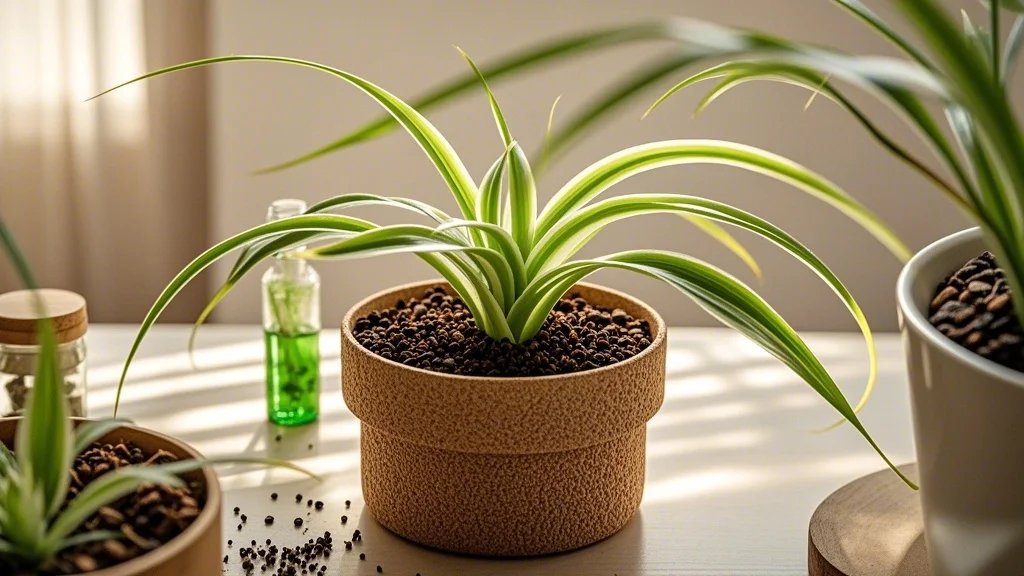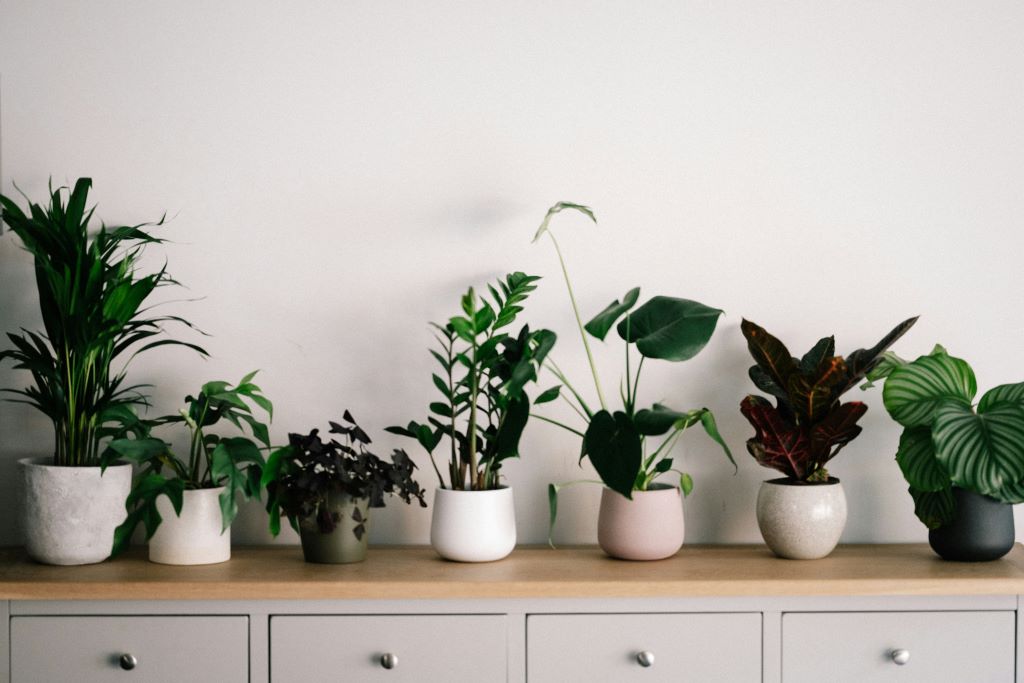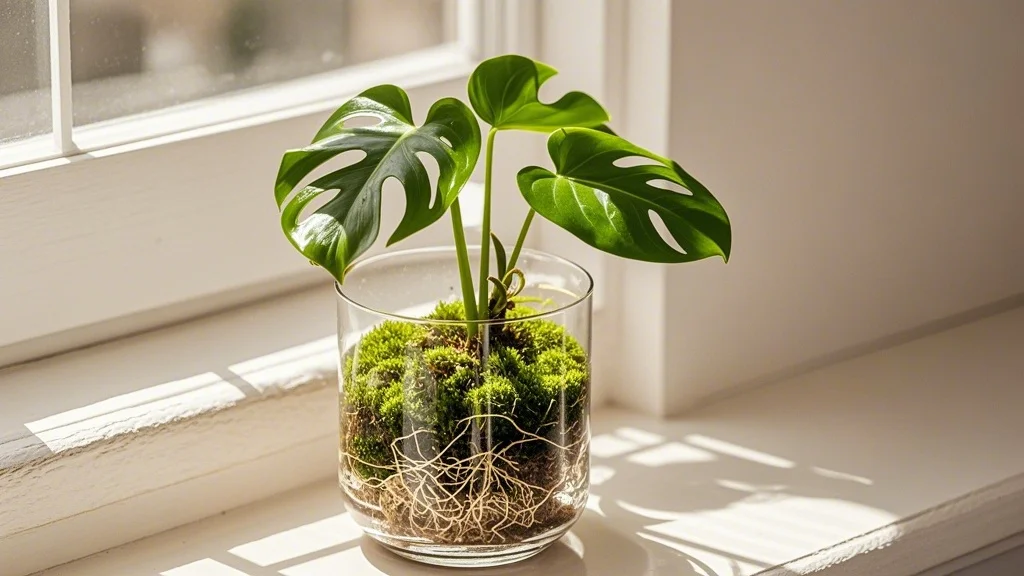For urban gardeners and houseplant enthusiasts looking to expand their propagation techniques, LECA (Lightweight Expanded Clay Aggregate) offers an innovative and efficient method for rooting plants. This article will guide you through the process of using LECA for propagation, highlighting its benefits and providing step-by-step instructions for success.
Contents
- 1 What is LECA?
- 2 Preparing for LECA Propagation
- 3 Selecting and Preparing Plant Cuttings
- 4 Setting Up Your LECA Propagation System
- 5 Maintaining Your LECA Propagation Setup
- 6 Troubleshooting Common Issues
- 7 Transitioning Rooted Cuttings
- 8 Advanced LECA Propagation Techniques
- 9 Benefits of LECA Propagation for Urban Gardeners
- 10 Comparing LECA to Other Propagation Methods
- 11 Eco-Friendly Aspects of LECA Propagation
- 12 Conclusion
What is LECA?
LECA, also known as clay pebbles or hydroton, consists of small, round clay balls that have been heated to high temperatures, causing them to expand. This process creates a porous structure that’s ideal for plant propagation and hydroponic growing.
Benefits of LECA for Propagation:
- Excellent drainage and aeration
- Reusable and sustainable
- pH neutral
- Prevents root rot
- Easy to monitor root development
Preparing for LECA Propagation
Materials Needed:
- LECA clay pebbles
- Clear propagation containers
- Nutrient solution
- Plant cuttings
- pH testing kit
- EC (Electrical Conductivity) meter
Preparing the LECA:

- Rinse the LECA thoroughly to remove dust and debris.
- Soak the clay pebbles in water for 24 hours to ensure they’re fully saturated.
- Drain and rinse again before use.
Selecting and Preparing Plant Cuttings
Choose healthy, disease-free plants for propagation. Take cuttings just below a node, ensuring each cutting has 2-3 nodes. Remove lower leaves, leaving 1-2 sets of leaves at the top.
Plants Well-Suited for LECA Propagation:
- Pothos
- Philodendron
- Monstera
- Snake Plant
- ZZ Plant
- Spider Plant
Setting Up Your LECA Propagation System

- Fill your clear propagation container about 1/3 full with prepared LECA.
- Add nutrient solution until it reaches just below the top layer of LECA.
- Place your cuttings into the LECA, ensuring the nodes are submerged but leaves remain above the surface.
- Add more LECA around the cuttings for stability if needed.
Maintaining Your LECA Propagation Setup
Water and Nutrient Management:
- Use a weak nutrient solution (1/4 to 1/2 strength) for the first few weeks.
- Maintain the water level just below the top layer of LECA.
- Change the nutrient solution every 1-2 weeks to prevent algae growth and nutrient imbalances.
pH and EC Monitoring:
- Keep the pH between 5.5 and 6.5 for optimal nutrient uptake.
- Start with a low EC (0.5-0.8 mS/cm) and gradually increase as roots develop.
- Test pH and EC weekly and adjust as needed.
Light and Temperature:
- Provide bright, indirect light for most cuttings.
- Maintain temperatures between 70-80°F (21-27°C) for faster rooting.
- Consider using a heat mat to warm the propagation container from below.
Troubleshooting Common Issues
Slow Root Development:
- Ensure proper temperature and lighting conditions.
- Check that nodes are in contact with the nutrient solution.
- Verify pH and EC levels are in the optimal range.
Algae Growth:
- Reduce light exposure to the LECA and nutrient solution.
- Change the nutrient solution more frequently.
- Consider using an opaque container or covering the LECA surface.
Leaf Yellowing or Dropping:
- Check for nutrient deficiencies or excesses.
- Ensure proper pH for nutrient uptake.
- Verify that the cutting isn’t sitting in stagnant water.
Transitioning Rooted Cuttings
Once roots have developed (typically 3-6 weeks, depending on the plant species), you have two options:
-
Continue in LECA: Gradually increase the strength of the nutrient solution and transfer to a larger semi-hydroponic setup.
-
Transfer to Soil:
- Gently remove the rooted cutting from the LECA.
- Rinse roots thoroughly to remove any remaining clay particles.
- Plant in a well-draining potting mix.
- Keep the soil consistently moist for the first 1-2 weeks to help the plant adjust.
Advanced LECA Propagation Techniques
Air-Layering with LECA:
- Make a small incision on a stem of a mature plant.
- Apply rooting hormone to the wound.
- Wrap moist LECA around the wound using plastic wrap or a specialized propagation box.
- Once roots develop, cut below the new root system and pot as usual.
LECA Propagation Stations:
Create a multi-plant propagation setup using a large, clear container with multiple compartments. This allows you to propagate several cuttings at once while easily monitoring root development.
Benefits of LECA Propagation for Urban Gardeners
-
Space-Efficient: Perfect for small apartments or limited growing areas.
-
Clean and Tidy: No soil mess, making it ideal for indoor propagation.
-
Water Conservation: LECA systems use less water than traditional soil propagation.
-
Pest Reduction: The absence of soil reduces the risk of fungus gnats and other soil-borne pests.
-
Educational: Clear containers allow for easy observation of root development.
Comparing LECA to Other Propagation Methods
LECA vs. Water Propagation:
- LECA provides better aeration and support for developing roots.
- Reduced risk of bacterial growth compared to water-only methods.
- Easier transition to soil or hydroponic systems.
LECA vs. Soil Propagation:
- Cleaner and less messy than soil.
- Easier to monitor root development.
- Reduced risk of overwatering and root rot.
- May result in faster root development for some plant species.
Eco-Friendly Aspects of LECA Propagation
-
Reusability: LECA can be cleaned and reused multiple times, reducing waste.
-
Water Efficiency: LECA systems typically use less water than traditional soil propagation.
-
Reduced Pesticide Need: The clean, soilless environment decreases the likelihood of pest infestations.
Conclusion
LECA propagation offers urban gardeners and plant enthusiasts an efficient, clean, and versatile method for rooting plant cuttings. By providing excellent aeration, easy monitoring, and a reusable medium, LECA has become a favorite among hydro-curious growers and intermediate plant owners alike. With proper setup and maintenance, you can achieve impressive results and expand your plant collection using this innovative propagation technique.
Whether you’re looking to propagate a prized houseplant or experiment with semi-hydroponic growing, LECA propagation is a valuable skill to add to your urban gardening toolkit. As you gain experience with this method, you’ll discover its potential to transform your approach to plant propagation and cultivation in small spaces.








